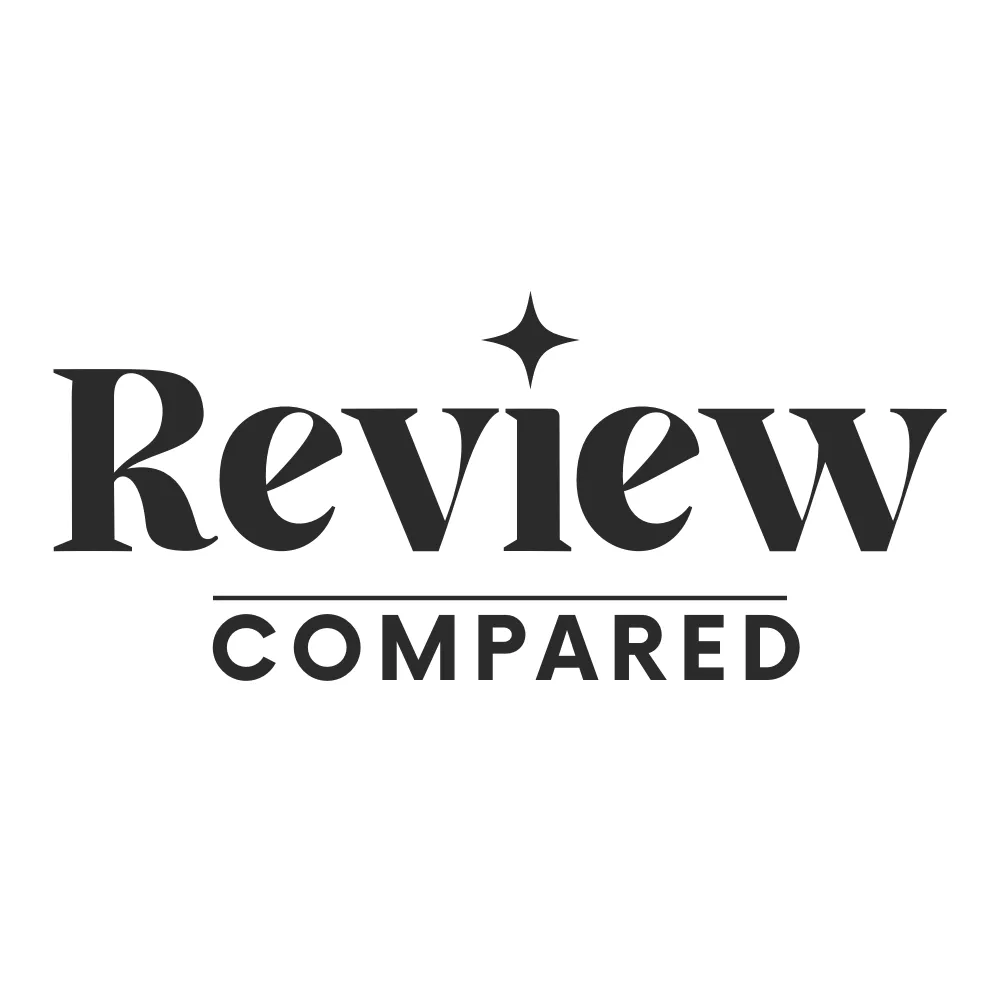Decisions Made Easy
Public School vs Private School

The debate between public and private schools has been ongoing for decades. While both options provide students with an education, there are significant differences between the two. This article will explore the advantages and disadvantages of each, as well as the factors to consider when making this important decision for your child.
I. Public Schools
A. Advantages of Public Schools
Cost
Public schools are funded by taxpayers and are free for students to attend. This makes them a more affordable option for many families, especially those on a tight budget.
Diversity
Public schools are usually more diverse than private schools, as they enroll students from all socioeconomic backgrounds and ethnicities. This diversity can provide a rich learning environment, exposing students to a wide range of perspectives and experiences.
Availability of Services
Public schools often offer a broader range of services and programs than private schools, including special education, extracurricular activities, and after-school care. These services can be beneficial for students with special needs or those seeking additional enrichment opportunities.
Teacher Certification
Public school teachers are required to be certified by the state, ensuring they have the necessary qualifications and training to teach their respective subjects. This can result in a higher level of professionalism and expertise among educators.
B. Disadvantages of Public Schools
Class Sizes
Public schools often have larger class sizes compared to private schools. This can make it more challenging for teachers to provide individualized attention and for students to receive the support they need.
Limited Resources
Due to budget constraints, public schools may have limited resources, such as outdated textbooks or a lack of technology, which can hinder students’ educational experience.
Bureaucracy
Public schools are subject to government regulations and bureaucratic processes, which can sometimes result in less flexibility and innovation in the classroom.
II. Private Schools
A. Advantages of Private Schools
Smaller Class Sizes
Private schools generally have smaller class sizes than public schools, allowing teachers to provide more individualized attention and support to students. This can result in a more personalized learning experience and potentially better academic outcomes.
Flexible Curriculum
Private schools often have more flexibility in their curriculum and teaching methods, as they are not subject to the same government regulations as public schools. This can result in a more innovative and tailored education.
Prestige and Networking Opportunities
Attending a prestigious private school can provide students with valuable networking opportunities and connections that may be beneficial later in life. Additionally, some private schools have a reputation for providing a high-quality education, which can be advantageous when applying to colleges or entering the job market.
Religious or Philosophical Education
Many private schools are affiliated with a particular religious or philosophical belief system, allowing students and families to choose an education that aligns with their values and beliefs.
B. Disadvantages of Private Schools
Cost
Private schools are typically more expensive than public schools, as they rely on tuition fees for funding. This can make them less accessible for families with limited financial resources.
Limited Diversity
Private schools often have less diversity than public schools, as they tend to attract students from similar socioeconomic backgrounds. This can limit students’ exposure to different perspectives and experiences.
Admission Process
Admission to private schools is often competitive and selective, requiring students to meet certain academic and behavioral criteria. This can create additional pressure and stress for both students and parents during the application process.
III. Factors to Consider When Choosing a School
1. Academic Performance and Reputation
When deciding between public and private schools, it is important to consider the academic performance and reputation of each school. Research test scores, graduation rates, and college acceptance rates to determine which option best meets your child’s academic needs and goals.
2. School Environment and Culture
The environment and culture of a school can have a significant impact on a student’s learning experience. Visit both public and private schools to get a sense of the atmosphere, student-teacher relationships, and overall school culture. Consider factors such as discipline policies, values, and the emphasis placed on character development.
3. Extracurricular Activities and Opportunities
Extracurricular activities can play a vital role in a student’s overall educational experience. Compare the extracurricular offerings of public and private schools to determine which best align with your child’s interests and talents.
4. Class Size and Student-Teacher Ratio
Class size and student-teacher ratios can have an impact on the level of individualized attention and support a student receives. Consider whether smaller class sizes offered by private schools or the larger classes found in public schools would better suit your child’s learning style and needs.
5. Special Needs and Learning Differences
If your child has special needs or learning differences, it is crucial to consider the support and resources available at each school. Public schools are legally required to provide services for students with special needs, while private schools may have more limited resources in this area. Evaluate the specific programs and accommodations offered by both public and private schools to determine which option would best support your child’s unique needs.
6. Location and Convenience
The location and convenience of a school can be an important factor for many families. Consider the proximity of each school to your home, as well as transportation options and after-school care availability.
7. Financial Considerations
Lastly, consider the financial implications of choosing between public and private schools. While public schools are free for students to attend, private schools can be a significant financial investment. Ensure that you have a clear understanding of the tuition costs and additional fees associated with each school before making a decision.
Conclusion
Ultimately, the choice between public and private schools depends on the unique needs and circumstances of each student and family. It is essential to carefully weigh the advantages and disadvantages of each option, taking into consideration factors such as academic performance, school culture, extracurricular opportunities, class size, and financial implications. By conducting thorough research and considering these factors, parents can make an informed decision that best supports their child’s educational and personal development.
